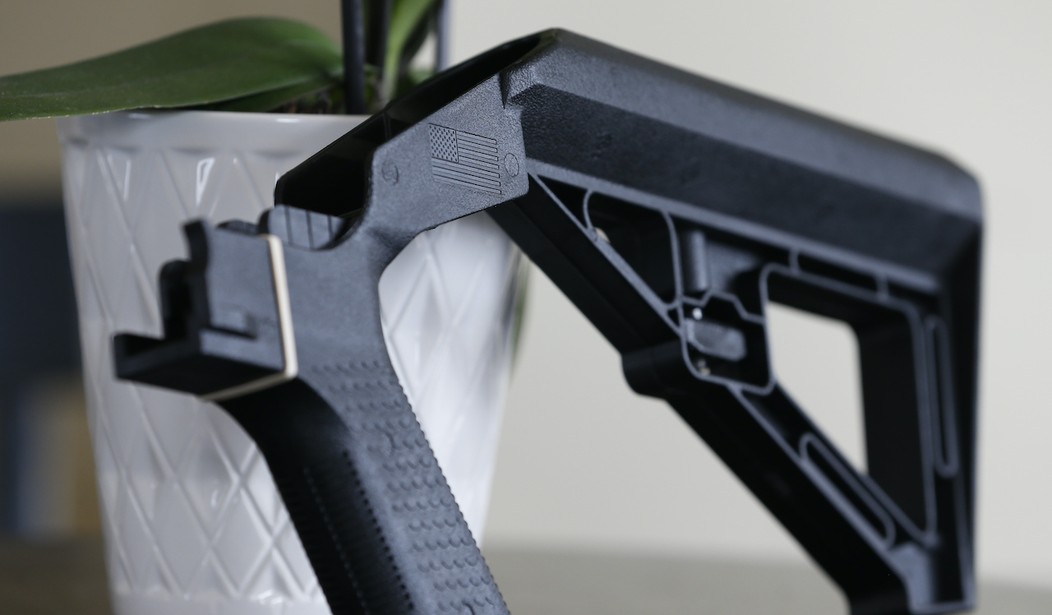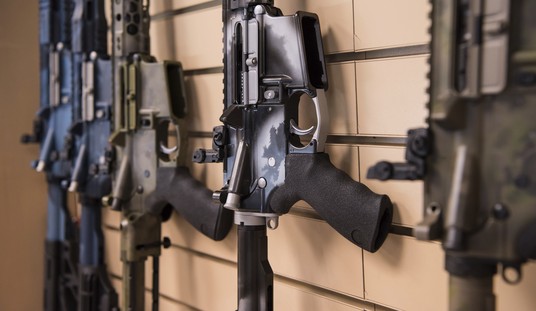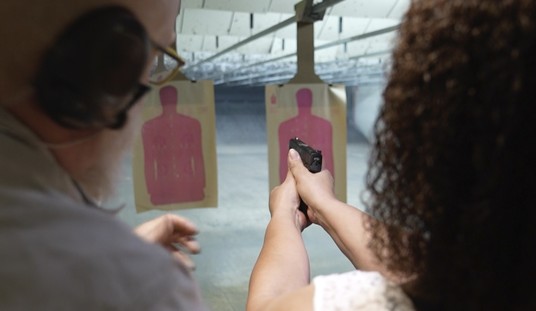Cincinnati’s ban on “trigger activators” like bump stocks, originally approved by city officials in April of 2018, is unconstitutional according to the state’s First Appellate Court. The decision, handed down on Wednesday, is a blow to anti-gun activists in the Buckeye State who cheered when the mayor signed the ordinance making possession of the devices a misdemeanor crime in the city. It’s also the right call, as the appellate court upheld the original decision by a trial court and noted that the local law clearly conflicts with state law protecting the right to keep and bear arms.
The opinion not only hands Second Amendment advocates a legal victory, but will take some cash out of the city’s coffers as well. Cincinnati was ordered to pay attorneys’ fees by the appellate court (over the city’s objections). Most importantly, however, the decision makes it clear that in Ohio, the right to keep and bear arms is real, recognized, and fundamentally important.
At issue was whether or not trigger activators should be considered as “accessories” to firearms or “components” of guns themselves. Under Ohio law, components of firearms are specifically protected against local gun control laws, but the state’s home-rule language is silent on whether or not localities can impose restrictions on firearm accessories.
The attorneys for the city of Cincinnati argued that trigger activators aren’t really necessary to the functionality of a firearm and should therefore be considered accessories that can be banned. Writing for the majority, Judge Robert Winkler declared that the evidence in the case debunks the city’s legal theory.
R.C. 9.68 makes clear that “[e]xcept as specifically provided by the United States Constitution, Ohio Constitution, state law, or federal law, a person, without further license, permission, restriction, delay, or process, may own, possess, purchase, sell, transfer, transport, store, or keep any firearm, part of a firearm, its components, and its ammunition.” A “component” as that term is commonly used means “a constituent part,” which serves “to form, compose, or make up a unit or whole.”
Trigger activators, such as bump stocks and trigger cranks, combine with other parts to make up a firearm, and are thus “parts” or “components” as those terms are commonly used.
Because Ordinance 91-2018 bans trigger activators, which R.C. 9.68 permits, Ordinance 91-2018 conflicts with R.C. 9.68. Therefore, the city exceeded its home-rule authority under Mendenhall in enacting Ordinance 91-2018. We agree with the trial court that Ordinance 91-2018 is invalid.
Congratulations to the Buckeye Firearms Foundation and Ohioans for Concealed Carry on the legal victory. I suspect that city officials will appeal today’s decision to the state Supreme Court, but I would be shocked if the court overturned the opinion of the appellate and trial courts. The language of Ohio’s home-rule provisions is crystal clear, and Cincinnati’s argument is more about playing games with language rather than a true legal rationale. The city’s ban on trigger activators deserved to be struck down, and it should be consigned to the dustbin of history once the state’s high court hears the city’s appeal.









Join the conversation as a VIP Member